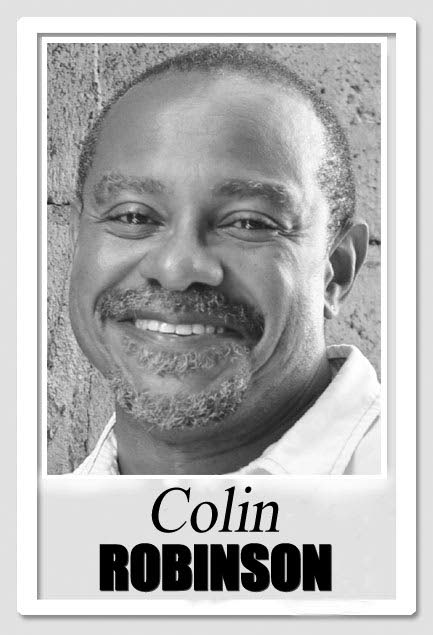Visit Parliament and experience history

There are historical paintings on the walls, and ceremonial precious-metal maces brought in for every sitting. But it’s air-conditioned, has plumbing, and you won’t find spittoons inside or horse posts outside. There’s a Museum of the City of Port of Spain a few blocks away. Nonetheless, the vastly under-recognised way to actually experience the colonial history of Trinidad is to spend time sitting in the public gallery of our modern Parliament chamber.
It’s perhaps even more authentic than Colonial Williamsburg in Virginia, or Cosmeston in Wales. Because no one is acting.
Ask my friend, the former deputy mayor. We were sitting together in the gallery the other day, listening to debate on a piece of legislation we were lobbying on. Like old people, no matter how progressive your lenses are or how many focals they have, at some point you have to take off your glasses to see. So she did, sliding them up to the top of her forehead.
And he came over, straight out of a time machine.
“The more I engage with the Parliament staff, the more I wonder why their professionalism, work ethic and use of technology aren’t replicated across the public service,” I wrote in the footnote of an email to colleagues that same month, after interacting with the secretary assigned to the committee the bill was sent to.
I’m an unashamedly proud fan of the Parliament staff. And Lord knows I’m famous for the art of GOOG—going off on a government clerk. The communications team produces substantial original television content, runs electronic broadcast media, and maintains state-of-the art information technology that puts video of every hearing and sitting on Youtube, live and archived. The Parliament website is the most functional and consistently maintained I’ve used of any state entity. I tried to nominate them for the IDB’s President’s Award for Service Excellence and Innovation; but you couldn’t.
It’s not the first time I’ve taken up this topic. But I think I might have to on a rolling basis. Being able to watch and monitor Parliament’s operations remotely, I want to feel like I belong to this thoroughly modern little nation. But every time I take that lift up, and step into the Parliament’s public gallery on the Waterfront, history happens.
Men and women in white dress uniforms recreate a 19th century social world where members of the public are required to be reminded that they have no dignity.
The former deputy mayor and I had both done this Westworld thing before. We thought we knew the absurd rules. Even the unwritten ones. But the man in white had found a new one.
You can’t put your glasses on your head.
She slipped them over her ears and beneath her chin, and we continued watching the debate, eyeing each other in silent rage.
Very shortly, he was back.
No glasses below your chin either.
What possible functional purpose could such rules serve, we asked.
You’re a guest of the Parliament, and they make the rules, he said firmly.
You might think Parliament is this riotous, ill-disciplined place as you watch Speaker Annisette-George in her best schoolmistress cadence policing the picong, or watch the members on their tablets and phones, or fast asleep on themselves.
But while Parliament has reformed its standing orders, searches for greater independence and accountability, and builds a model culture of staff professionalism, in its gallery its presiding officers have allowed the norms of a colonial era to flourish in their names, enforced by martial law on the voters and taxpayers the Parliament in fact serves.
Once in the gallery, you’re no longer a citizen. You’re a stranger.
You get a whiff of it on the Parliament website, which warns would-be visitors that “strangers visiting Parliament are presumed to do so for the purpose of listening to debates. It is therefore discourteous for them not to devote their full attention to the proceedings.” Furthermore, “strangers attending must conform with established forms of behaviour and dress. All persons entering the Chamber must, at all times, be dressed tidily.”
A list of 17 written prohibitions follows. These include loud laughing, sitting backward, reading, and writing. There are a few other unwritten ones regulars can discover by surprise over time. One is crossing your legs in the front row.
It’s not only unruly primary-schoolers who get trekked into the public gallery as a rote exercise in civics. Many of us are grown-up citizens and advocacy professionals there about the business of good governance. We ought to be treated as such.
It’s way past time we bring the gallery out of the historical re-enactment it is, past 1962, and into the 21st century.
Landmark modernisations were made to Parliament under the watch of Timothy Hamel-Smith and Wade Mark. I hope Brigid Annisette-George and Christine Kangaloo will make rescuing the gallery from the past part of their legacy.


Comments
"Visit Parliament and experience history"